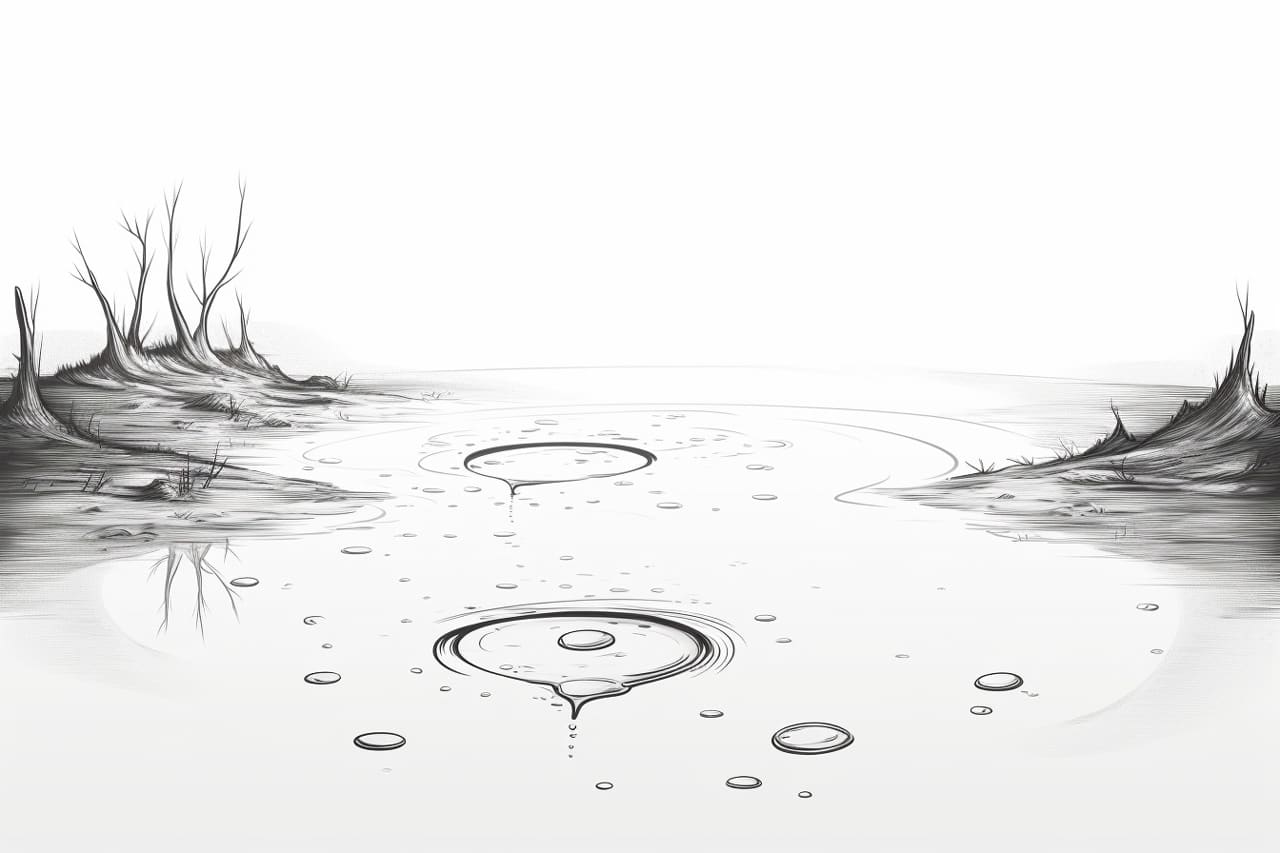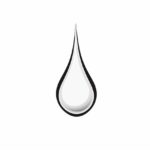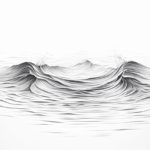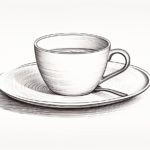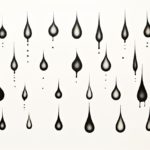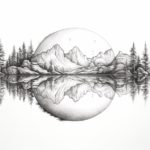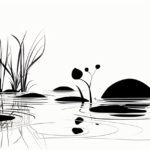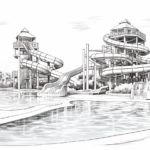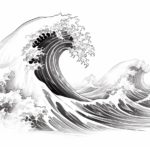Drawing a puddle of water may seem simple, but achieving a realistic and convincing representation can be a bit trickier than it appears. In this step-by-step guide, I will walk you through the process of drawing a puddle of water, capturing its reflective properties and depth. Whether a beginner or an experienced artist, these instructions will help you learn how to draw a puddle of water. So, let’s dive in!
Materials Required
Before we begin, gather the following materials:
- Drawing paper: Select a good quality paper that can handle wet media such as watercolors or ink.
- Pencils: Choose a range of graphite pencils, including HB, 2B, 4B, and 6B, for sketching and shading.
- Eraser: Have a kneaded eraser handy for correcting and lifting off graphite.
- Blending tools: Use blending stumps or tortillions to smudge and blend pencil marks.
- Watercolors or ink: Opt for watercolors or ink to add color to your drawing.
- Paintbrushes: Have a variety of brushes in different sizes to apply watercolors or ink.
- Water container: Keep a container filled with water for rinsing your brushes.
Now that we have our materials ready, let’s draw a puddle of water.
Step 1: Sketch the Outline
Start by lightly sketching the outline of the puddle on your drawing paper. Use an HB pencil to create a rough shape representing the puddle’s boundaries. Remember, puddles can have irregular shapes, so don’t worry about achieving perfect symmetry. Instead, focus on capturing the organic form of the water on the ground. Keep your lines loose and fluid.
Step 2: Define the Reflection
In this step, we will draw the reflection of the surrounding environment on the surface of the puddle. Observe the scene and determine what objects or elements are reflected in the water. Maybe it’s a tree, a building, or the sky. Use a lighter pencil, like 2B, to sketch these reflections, making sure they are proportionate and accurate. Keep your strokes loose, and don’t press too hard. Remember that the reflection will appear slightly distorted due to the water’s surface.
Step 3: Add Depth and Texture
We must add shading and texture to our puddle drawing to create a sense of depth. Start by using a 4B pencil to darken the areas of the deeper puddle or those that have more water accumulated. These areas will appear darker and more intense. Use a light touch and build up the shading gradually to achieve a smooth transition.
Next, use a blending stump or tortillon to smudge and blend the graphite, creating a smooth and realistic texture. Be mindful of the direction of your strokes, as they should follow the natural flow of the water. Use the eraser to selectively lighten areas that may be catching more light or reflections.
Step 4: Introduce Color
If you wish to add color to your drawing, now is the time. You can use watercolors or ink to enhance the realism of the puddle. Begin by applying a light wash of blue or gray to represent the sky’s reflection. Then, gradually add darker tones to the deeper areas of the puddle. Remember to work with translucent layers, allowing the underlying pencil shading to show through.
Blend the colors using a damp brush, carefully softening the edges and refining the transitions. Please pay attention to the areas where the surface is disturbed, as they may show ripples or waves. Use delicate brushstrokes or a dry brush technique to create these effects.
Step 5: Final Touches
In the final step, we will add the finishing touches to our puddle drawing. Evaluate the drawing as a whole and make any necessary adjustments. Use a darker pencil, such as 6B, to darken areas that require more contrast or depth.
Additionally, pay attention to the reflections on the surface of the puddle. Enhance them with subtle highlights and reflections of the surrounding environment. Use a white gel pen or a white colored pencil to achieve these effects.
Conclusion
Congratulations! You have successfully learned how to draw a realistic puddle of water. By following these step-by-step instructions and paying attention to the details of the water’s reflective properties, you can create stunning and lifelike puddle illustrations. Remember to experiment with different techniques and materials to develop your unique style. So, grab your pencils, brushes, and paper, and let your creativity flow as you master drawing puddles!

